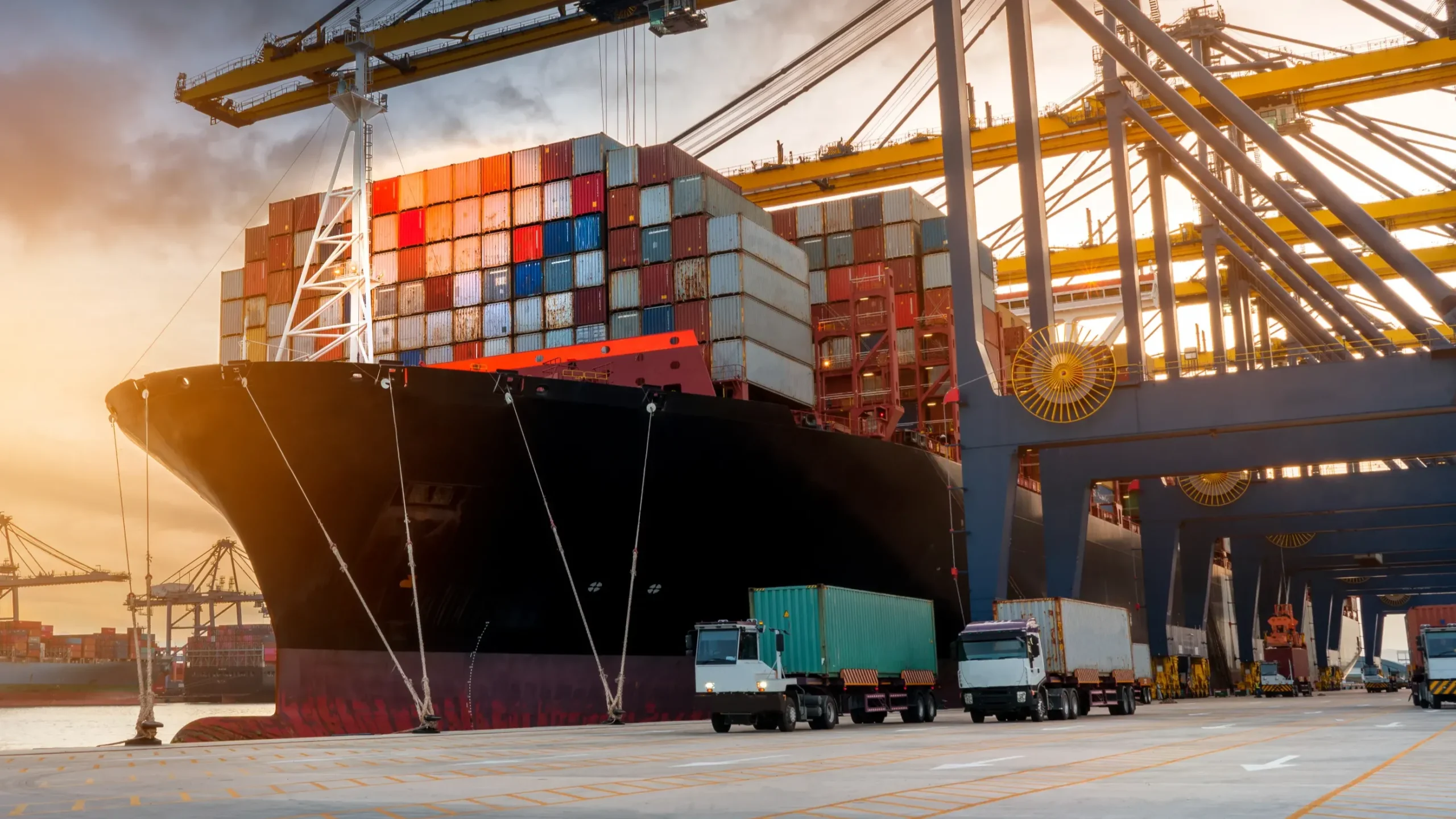The United States is a significant market for tobacco-related machinery, including cigarette making machines. With high-quality standards and strict regulatory requirements, exporting to the U.S. can be a profitable but complex process. If you’re a manufacturer or exporter looking to expand your business into the American market, understanding the export process is crucial.
In this comprehensive guide, we’ll walk you through every step to export cigarette making machines in USA, from understanding regulations and licensing to shipping and post-import compliance.
Why Export Cigarette Making Machines to the USA?
Before diving into logistics, it’s important to understand why the USA is a target market for tobacco machinery:
High demand in tobacco manufacturing and private labeling businesses.
Advanced market with established distribution networks.
Opportunities for foreign manufacturers to offer cost-effective alternatives.
Growing demand for automation in the tobacco industry.
Understand U.S. Import Regulations for Tobacco Machinery
To export cigarette making machines to the USA, the first and most critical step is to understand the import regulations and legal framework.
a. Regulatory Bodies
U.S. Customs and Border Protection (CBP): Responsible for regulating imports into the USA.
U.S. Food and Drug Administration (FDA): Ensures that all tobacco-related machinery complies with the Tobacco Control Act.
Bureau of Alcohol, Tobacco, Firearms and Explosives (ATF): May be involved in matters concerning tobacco manufacturing equipment.
Department of Commerce (DOC): Offers guidance on commercial and tariff classifications.
Machine Classification (HS Code)
Identify the correct Harmonized System (HS) Code for cigarette making machines. This helps determine the applicable duties, taxes, and import requirements.
Example:
HS Code: 8478.10.00 (Machinery for preparing or making up tobacco)
Compliance with FDA Rules
Even though the FDA does not directly approve machinery, it requires that machines used in the production of tobacco products do not violate any of its manufacturing or safety standards.
Prepare Legal and Export Documents
Documentation plays a key role when exporting to the USA. Here’s a list of essential export documents you need:
a. Commercial Invoice
Details include:
Buyer and seller information
Description of the machine
Quantity, value, and terms of sale
Country of origin
b. Packing List
Breaks down:
Packaging materials
Machine dimensions
Gross and net weights
c. Bill of Lading or Air Waybill
Issued by the shipping carrier to acknowledge receipt of the machinery for shipment.
d. Certificate of Origin
Issued by the Chamber of Commerce, this certificate confirms the country in which the machinery was manufactured.
e. Export License (If Required)
Check with your local customs authority whether an export license is needed based on the country of origin and destination.
f. Importer Security Filing (ISF)
The U.S. requires ISF filing at least 24 hours before cargo is loaded onto the ship.
Select the Right Shipping Method
When exporting heavy machinery like cigarette making machines, the right shipping method is crucial for cost, safety, and compliance.
a. Sea Freight (Most Common)
Best for bulk shipments
Cost-effective
Options: FCL (Full Container Load) or LCL (Less than Container Load)
b. Air Freight
Expensive but faster
Ideal for urgent shipments or small machines
c. Incoterms Selection
Use appropriate Incoterms (International Commercial Terms) like:
FOB (Free on Board)
CIF (Cost, Insurance, and Freight)
DAP (Delivered at Place)
Always specify these in your sales agreement.
U.S. Customs Clearance Process
Once your shipment arrives in the USA, it must go through customs clearance. Here’s what happens:
a. Entry Filing
The importer (or customs broker) must file an entry with U.S. Customs.
b. Customs Inspection
The CBP inspects the documentation and, if necessary, the physical shipment.
c. Duty and Tax Payment
The import duty rate for cigarette making machinery may vary between 0–5%, depending on the HS code and country of origin. You may also have to pay:
Merchandise Processing Fee (MPF)
Harbor Maintenance Fee (HMF)
d. Final Delivery
Once cleared, the shipment is released for final delivery to the buyer in the USA.
Work with a Licensed U.S. Customs Broker
It’s highly recommended to partner with a licensed customs broker in the USA. Their responsibilities include:
Ensuring compliance with CBP regulations
Filing ISF and customs entries
Advising on duty and tax implications
Handling communication with CBP on your behalf
Choose the Right Partners & Distributors
To succeed in the U.S. market, find local partners such as:
Distributors of tobacco manufacturing equipment
Machinery wholesalers
OEM contractors serving U.S. tobacco companies
You can also consider setting up a U.S.-based representative office for smoother business operations.
Marketing & After-Sales Support
Even after successful export and delivery, your brand’s reputation depends on:
a. Technical Support
Offer virtual or on-site support for:
Installation
Maintenance
Repair services
b. Warranty & Return Policy
Clearly define your warranty terms and provide return or replacement policies in case of equipment failure.
c. Spare Parts Availability
Ensure timely availability of spare parts for uninterrupted operation of the machine.
Stay Updated on Trade Policies
U.S. import laws and tariffs can change due to:
Trade wars
Changes in presidential administrations
International relations
Use resources like:
U.S. International Trade Administration (ITA)
U.S. Customs and Border Protection (CBP)
Trade.gov for updates and compliance help
Tips for Successful Exporting
Here are some pro tips to streamline your export process:
Always double-check HS codes and classification
Avoid shipment delays by submitting ISF on time
Use a freight forwarder with experience in heavy machinery
Translate all manuals and safety guidelines to English
Include clear machine labeling and compliance marks
Common Challenges and How to Avoid Them
Challenge | Solution |
|---|---|
| Incorrect HS Code | Consult with a customs broker for accurate classification |
| Missing Documentation | Prepare a checklist before shipping |
| Customs Delays | Pre-clear documents with CBP if possible |
| High Tariffs | Explore Free Trade Agreements or alternate shipping routes |
| Language and Technical Barriers | Provide bilingual technical documentation |
Conclusion
Exporting a cigarette making machine to the USA requires careful planning, legal compliance, and accurate documentation. By understanding the regulatory environment, choosing reliable logistics partners, and offering excellent after-sales support, you can successfully enter and thrive in the U.S. tobacco machinery market.
Whether you are a seasoned exporter or entering the U.S. market for the first time, this guide provides the roadmap you need to export cigarette making machines to the USA efficiently and legally.





